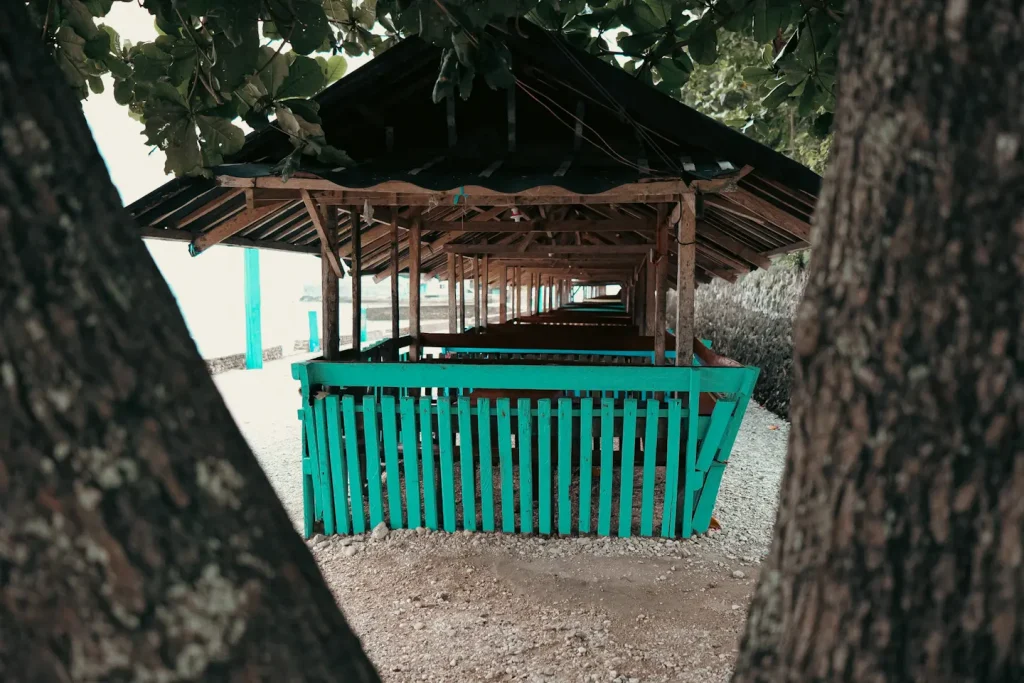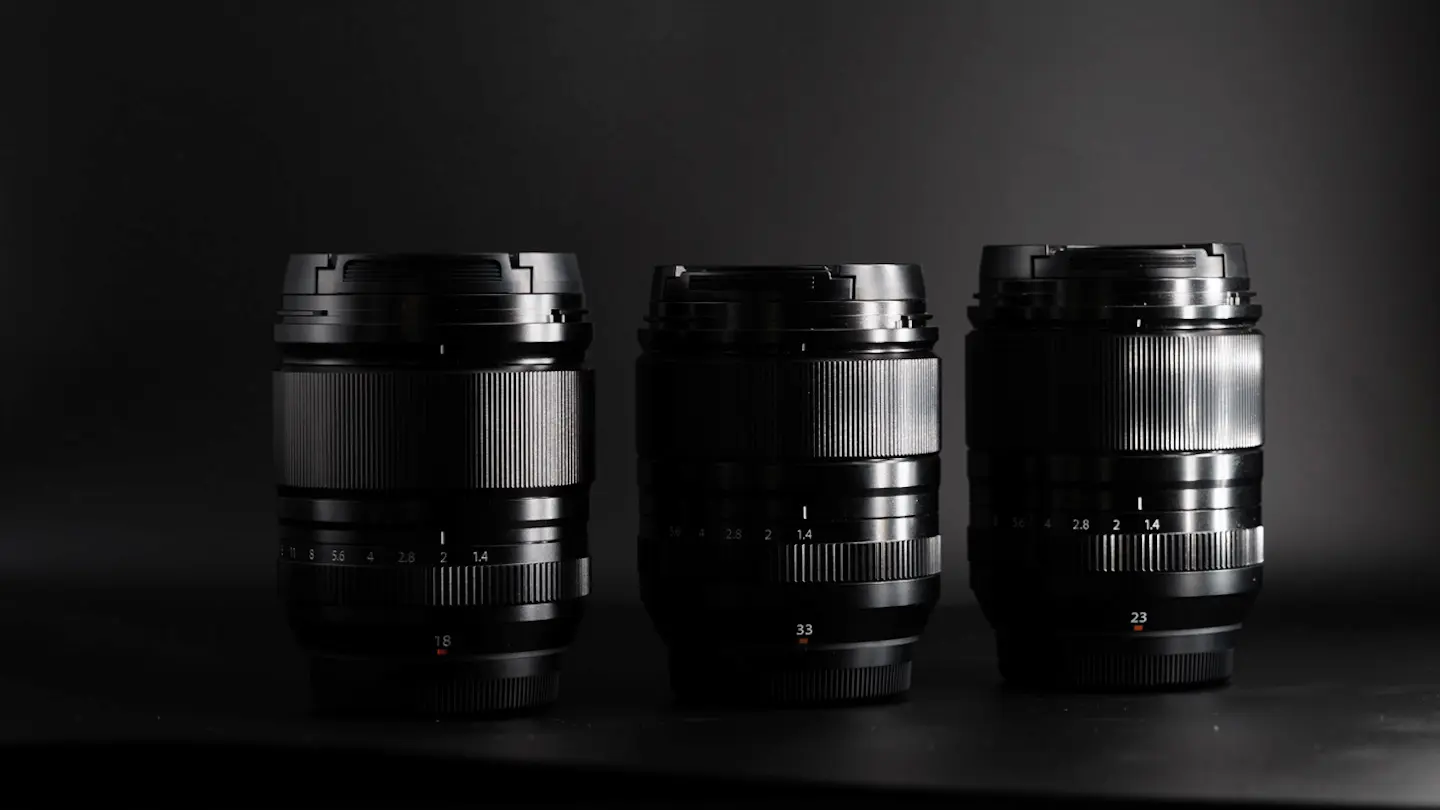This review of the Fujifilm XF 18mm f/1.4 R LM WR is what I’d call a live review. I’ll continue updating it with new insights and images as I spend more time with the lens. As a prime shooter and the owner of the XF 23mm, 33mm, and 56mm, I already consider this series of f/1.4 WR lenses to be among the very best Fuji has ever made, and a perfect match for the X-T5 when you want the system performing at its peak, But does the XF 18mm f/1.4 WR truly match its counterparts, or does it fall short of the standard set by the others? I’ve compared the Fuji 18mm 1.4 against the 23mm 1.4 here.
Historically, I’ve always gravitated towards a 35mm equivalent as my go-to normal/wide prime. It felt natural and intuitive, easier to compose with, and forgiving when framing quickly. When I owned the original XF 18mm f/2 back in my X-Pro 1 days, I found it more of a no-man’s-land focal length: not quite wide enough for the landscapes I was shooting back then, and a little too wide for contextual portraits or street scenes.
But as I’ve grown as a photographer, I’ve deliberately pushed myself to use the 28mm equivalent. It forces more discipline—paying closer attention to edges of the frame, keeping distracting elements out, controlling distortion, and really learning how to see at this focal length.

Last night, as I was shooting with the XF 18mm f/1.4 WR, it dawned on me just how natural the perspective is starting to feel. Framing was seamless, intuitive even, and instead of struggling against it, I found myself enjoying the challenge. This is a lens that doesn’t just deliver optical performance—it encourages growth behind the camera.
Build & Handling
The XF 18mm f/1.4 WR sits firmly in the modern Fuji prime lineup alongside the 23mm and 33mm. It’s not a small lens, but it balances well on the X-T5 and feels built for serious use. The metal barrel, engraved markings, and weather sealing make it feel every bit as premium as its siblings.
Some people have mentioned that the aperture ring has slightly less resistance and softer clicks compared to Fuji’s other premium primes. While this is true, I haven’t found it to be an issue in real use. The difference is something you only really notice if you’re shooting the lenses side by side. The ring still offers nicely defined clicks and, crucially, it isn’t so loose that it’s constantly being knocked out of position. To cut to the chase—it’s fine, and I suspect it’s something reviewers bring up more to fill space than because it actually affects shooting.
This isn’t a discreet lens in the way the old 18mm f/2 was. It makes its presence known on the camera, and you feel like you’re shooting with a serious piece of glass. For me this series of 1.4 and 1.2 Fuji prime lenses are a perfect fit for my X-T5. They’re substantial but feel fantastic on the camera, not too heavy and the size is perfect for me to sculpt my hand around the lens to support it. they feel like lenses that will keep up with whatever I throw at them—from family moments indoors to long travel days outdoors.
Autofocus & Performance

Like the rest of Fuji’s modern f/1.4 primes, the XF 18mm uses a linear motor system for autofocus. In practice, that means it’s quick, accurate, and silent. On the X-T5 it locks focus confidently, even in lower light where older Fuji primes might hesitate. For static subjects it’s essentially flawless, and for moving subjects it tracks well enough to keep up with family moments or casual street shooting.
Compared with the older 18mm f/2, it’s night and day. That lens was never known for speedy AF, and while it had its charm, it often hunted in less than ideal conditions. The 18mm f/1.4 WR feels modern—snappy and reliable, letting you trust the camera to do its job so you can focus on composition.
In real use I’ve found the autofocus to be effectively invisible, which is the highest compliment I can give it. It just works. Last night I was shooting candid photos of Sofia at our local beach and not once did the Auto focus hinder me. No hunting, no misses, no issues even as the light faded after sunset. In fact, as I write this now, it dawns on me that this is the first time that I’ve even really considered the autofocus performance of this lens. That tells me that for what I shoot, its more than capable.
Image Quality
I’m used to shooting top-drawer Fuji primes like the XF 23mm f/1.4 WR and XF 33mm f/1.4 WR, so I know exactly how good these modern lenses can be. Yet somehow, I was still incredibly impressed with the XF 18mm f/1.4 WR. I don’t know why, but I had a pre-conception that it might not quite be up to their standard—and when I sat down to review my images, I was genuinely surprised at just how good it is. To the point that I thought to myself: my god, this lens is good. It immediately had me thinking I need to shoot it even more.

Sharpness & Rendering
This lens is absolutely sharp and offers great contrast at the point of focus before melting away discreetly into beautifully out-of-focus areas. The images I shot last night seemed to pop off my screen in a way I simply wasn’t expecting from the 18mm. I’m not one for exaggeration or throwing around superlatives, but it really is that good. There is a tiny bit of green fringing wide open in extreme contrast but it’s easily removed in Lightroom.

Bokeh & Depth of Field
At f/1.4 and with a 28mm equivalent field of view, I expected the bokeh to be “meh”—fine, but nothing special. Yet when I reviewed the photos, I was surprised at how smooth the out-of-focus rendering is, and how easily the lens can throw a background out when you push in close. The depth of field is minute, and more than capable of blowing out backgrounds. This is a lens that encourages you to move closer, and when you do, it rewards you.

Distortion & Flare
While I haven’t tested specifically for flare, it hasn’t shown itself to be an issue in general shooting, and the reasonably sized lens hood helps here. Distortion is well controlled, but with a wide lens like this you have to be mindful of angles. Shoot people at more extreme perspectives and distortion creeps in. Line the horizon across the frame and it can bend slightly if it runs edge to edge. These aren’t faults of the lens—they’re natural effects of shooting at this focal length. Horizons can be corrected easily in Lightroom, and compositional awareness takes care of the rest.

Conclusion
What I love just as much as the image quality is the way this lens makes me shoot. It forces me to focus, to treat the frame as a three-dimensional space where every element matters. I’m getting to the point where I do this almost subconsciously now, but it’s still a skill worth sharpening. Shoot at normal distances and the images are technically good but not always captivating. Move in closer and the lens gives you photos that pop, that pull you into the scene and bring them alive. All the technical qualities of the lens only accentuate this.
Overall, the XF 18mm f/1.4 WR is one of the most impressive lenses I’ve used in recent years. Quite simply, I’m incredibly impressed with it.
In short, the XF 18mm f/1.4 WR isn’t just another lens in Fuji’s lineup—it’s one that can challenge the way you see, and reward you for it.

